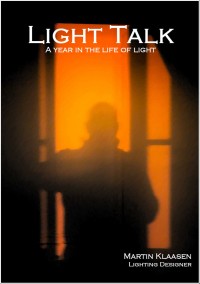Carbon tax
Singapore 9th November 2011
The big news today is I guess the fact that Australia has passed a carbon tax law, making it a legislation to limit carbon emissions or face paying taxes on excesses. It is one of the biggest economic reforms in Australia and with that made Australia the second major economy after the European Union to pass such carbon limiting legislation. The legislation is aimed to push companies to be more energy efficient and in more general terms to stimulate the use of alternative power sources and renewable energy. The law will result in the big energy providers and resources companies like Woodside Petroleum, Rio Tinto, BHP and the like having to pay for each tonne of carbon they will emit. Airlines, freight and shipping companies will pay a carbon charge as well. To impose the new law firmly, companies will not be allowed to trade off their emissions against carbon credits in the first 3 years of the laws implementation which will start in 2012. The carbon tax will gradually increase to reach about A$25 per tonne by 2015.
It is expected that the tax will create an increase in the cost of living of nearly A$10 a week! However the government is giving back to the end user by providing tax breaks and benefits of an equivalent value. At least we, the tax payers (for once) will not be bearing the brunt (yet?).
From our lighting perspective I would think that this new legislation will certainly give the use of renewable energy such as solar power a boast and I am sure that we will see an increase of “solar” activity. With that I mean increased use of day lighting techniques, increased use of Photo Voltaics and improved lighting technology and performance to tap into this renewable energy market. Most of all it is the control and manipulation of light (something that we as lighting designers are experts in) that will be more and more important. Lighting design, integrated design and lighting layout, performance criteria and most of all lighting controls. Light where you need and when you need it.
In Light Watch fittingly a news report was produced just a day ago in regards to an on-going research to reduce energy consumption. A smart grid prototype is being prepared for testing next year in one of the green buildings in Singapore’s Clean Tech Park. In a joined experiment between Philips, the Energy Research Institute and the Nanyang technological University the prototype will testing LED with wireless motion sensors powered by a smart grid. Below how the prototype is intended to be set up. (I have blown the schematic in section for better readibilty).
Light Watch 198: Smart lighting, Source: The New Paper, Singapore





 The long awaited book compilation of Martin's first year of blogging is available. Order now.
The long awaited book compilation of Martin's first year of blogging is available. Order now. Feedspot Top 100 Lighting Blogs
Feedspot Top 100 Lighting Blogs
One Comment